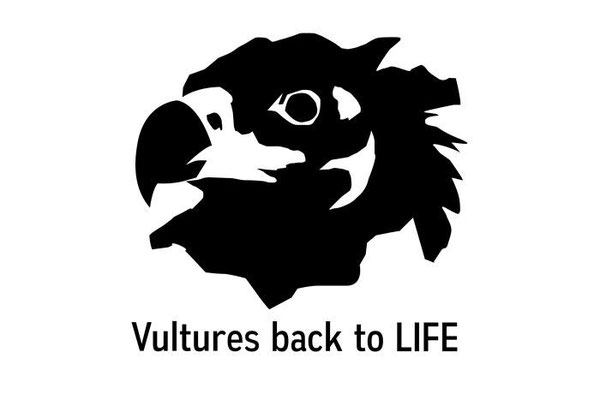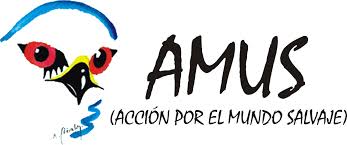
Today, we are one step closer to restoring a healthy Cinereous Vulture population to the Balkans as ten Cinereous Vultures will begin their journey from Spain to Bulgaria. This is the second time we are carrying out this type of transportation, having already transferred 12 vultures last year. These transportations are essential conservation efforts as Cinereous Vultures in the Balkans are heading to extinction, except for a few isolated colonies.
The transportation
This year, we managed to secure ten Cinereous Vultures, four males and six females, from Extremadura in Spain. Before their transport, all the birds were tested for heavy metals (Pb & Cd), antibiotics, anti-inflammatory drugs, Avian Flu, Newcastle and sex determination. They spent an official quarantine period in AMUS to obtain TRACES, the digital veterinarian certification tool.
The vultures will depart from AMUS to begin their journey to Bulgaria from Spain today, Friday 7 June. The birds will travel about 4000km in the next few days by land, passing through France, Italy, Slovenia, Hungary and Romania, before arriving in Bulgaria. They are expected to arrive in Stara Zagora, Bulgaria this Monday. A professional animal transport company will carry out the transportation with an adapted vehicle for animal transport, including adjustable temperature meeting the birds’ needs. Once the vultures arrive, the Green Balkans vet team will examine them and subsequently distribute them among the release aviaries. There, they will spend an adaptation period to help them acclimatise and get used to the conditions of the Balkan Mountains.
We, the Vulture Conservation Foundation (VCF), organise the transport within the Life Project “Тhe Bright Future for Black Vulture” LIFE14 NAT/BG/649 (led by Green Balkans). The project aims to reintroduce the CInereous Vulture in the Central Balkan Mountains in Bulgaria.
The ten Cinereous Vultures
The ten Cinereous Vultures were born in the wild in Extremadura (Spain) during last year´s breeding season. The birds were suffering from malnutrition and weakness, and then taken to the wildlife rehabilitation centre of Los Hornos (Junta de Extremadura). After a period of recovery, they transported them to the wildlife rehabilitation centre of AMUS (Acción por el Mundo Salvaje) for a pre-transport quarantine period.
The Regional Government of Extremadura (Junta de Extremadura) donated the birds, as a partner in this project, responsible for the detailed monitoring of the Cinereous Vultures in Extremadura. This is the most important Spanish region for the species, holding more than 900 breeding pairs, and thus the ideal donating population for reintroduction projects.

Cinereous Vultures in the Balkans
The transports of these Cinereous Vultures to Bulgaria mark a historical moment for the entire Balkan region, where this species got extinct, except for a small isolated population still surviving in continental Greece (in the NP of Dadia), counting about 25-30 pairs. This project also contributes to the implementation of the Cinereous Vulture species actions plans developed recently: the European Species and the Flyway Action Plan for the Cinereous Vulture. This is indeed another step to restore the Cinereous Vulture in its original distribution range and to maintain the current populations with favourable conservation status.
Vulture Conservation in Bulgaria
In the last 15 years, several nature NGOs invested a lot of effort in vulture conservation in Bulgaria. These include Green Balkans, the Fund for Wild Fauna and Flora (FWFF-Bulgaria), the Bulgarian Society for Protection of Birds of Prey (BPPS), Bulgarian Society for Protection of Birds (BSPB) and the VCF, all supported by the Bulgarian Ministry for Environment and Waters. The first griffon vulture reintroduction project started in 2009 in the Balkan Mountains in Bulgaria, where the species got extinct about 100 years ago. More than 250 birds were released so far, most of them coming from Spain, but also from France and several European zoos (captive born). The first breeding attempt was recorded only four years after the first releases, and now there are about 15 breeding pairs. The Reintroduction Project of Griffon Vulture in Bulgaria was mainly implemented within the Life Project: “Vultures Return in Bulgaria” LIFE08 NAT/BG/278, led by Green Balkans, which finished in 2016.








